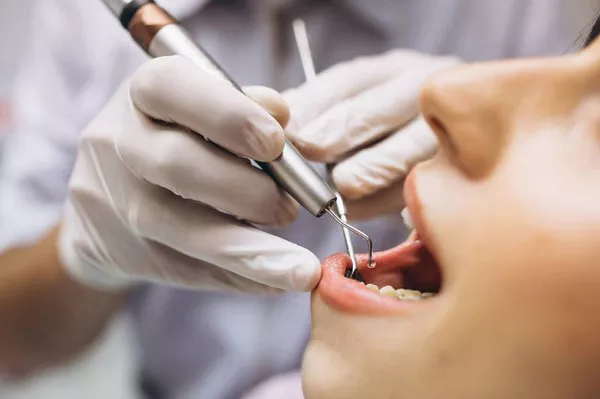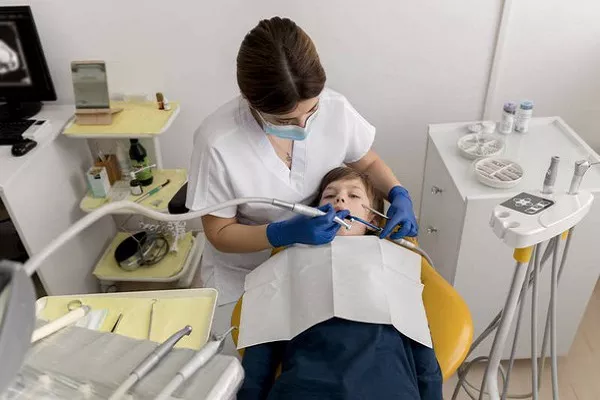Dental implants have revolutionized modern dentistry by providing a long-lasting and aesthetically pleasing solution for missing teeth. These prosthetic roots, made of biocompatible materials, are surgically placed in the jawbone to support artificial teeth, known as dental implant crowns. While dental implants are renowned for their stability and durability, there may be circumstances where you wonder whether dental implant crowns can be removed. In this comprehensive guide, we will explore the factors that influence the removal of dental implant crowns, the reasons one might consider removal, and the procedures involved.
Understanding Dental Implant Crowns
Dental implant crowns are the visible, tooth-like structures attached to dental implants. They serve both functional and aesthetic purposes, allowing patients to regain the appearance and functionality of natural teeth. These crowns are custom-designed to match the shape, size, and color of your existing teeth, ensuring a seamless and natural look.
The Bond Between Crowns and Implants
Dental implant crowns are typically secured onto the dental implant abutment using dental cement or screws. This attachment is designed to be strong and long-lasting, mimicking the stability of a natural tooth. The connection between the crown and implant is intended to be permanent and secure.
When Can Dental Implant Crowns Be Removed?
The removal of dental implant crowns is not a common procedure, as they are intended to be a permanent part of your dental restoration. However, there are some scenarios where removal may be considered:
Complications: In rare cases, complications may arise with dental implant crowns, such as infection, implant failure, or damage to the crown itself. In such situations, the crown may need to be removed for assessment and potential replacement.
Upgrading or Replacing Crowns: Over time, the appearance of dental implant crowns may not match the surrounding natural teeth due to changes in color or wear and tear. Some individuals may opt to remove and replace crowns for aesthetic reasons.
Adjustments and Repairs: If there are issues with the fit, bite, or comfort of the dental implant crown, it may need to be removed for adjustments or repairs.
End-of-Life Cycle: While dental implant crowns are designed to be durable, they may eventually reach the end of their lifespan, especially if they have been in place for many years. Removal and replacement may be necessary in such cases.
Changing Treatment Plans: In some cases, a patient’s treatment plan may change, and the dental implant crown may need to be removed to accommodate new dental procedures or restorations.
The Dental Implant Crown Removal Procedure
Removing a dental implant crown is a precise and controlled procedure that should only be performed by a qualified dental professional. Here is an overview of the steps involved:
Assessment: The dentist will conduct a thorough examination of the dental implant and crown to determine the reason for removal and the best approach.
Anesthesia: Local anesthesia is administered to numb the area, ensuring the patient’s comfort during the procedure.
Access: The dental professional will carefully access the dental implant crown using specialized instruments.
Removal: Depending on the method of attachment (cement or screws), the crown will be gently loosened and removed.
Assessment and Replacement: If the removal is due to complications or damage, the dentist will assess the condition of the implant and crown. If necessary, a new crown can be fabricated and attached.
Final Evaluation: The dentist will ensure the fit, bite, and appearance of the new or reattached crown are satisfactory. Any necessary adjustments will be made.
Conclusion
While dental implant crowns are designed to be permanent fixtures in your dental restoration, there are circumstances where removal may be necessary due to complications, aesthetic preferences, or changes in treatment plans. Dental professionals possess the expertise and tools required to safely and effectively remove and, if necessary, replace dental implant crowns. If you are considering the removal of a dental implant crown or have concerns about your existing crown, it is crucial to consult with a qualified dentist who can assess your specific situation and provide the appropriate guidance and treatment.
Related Topics:
































